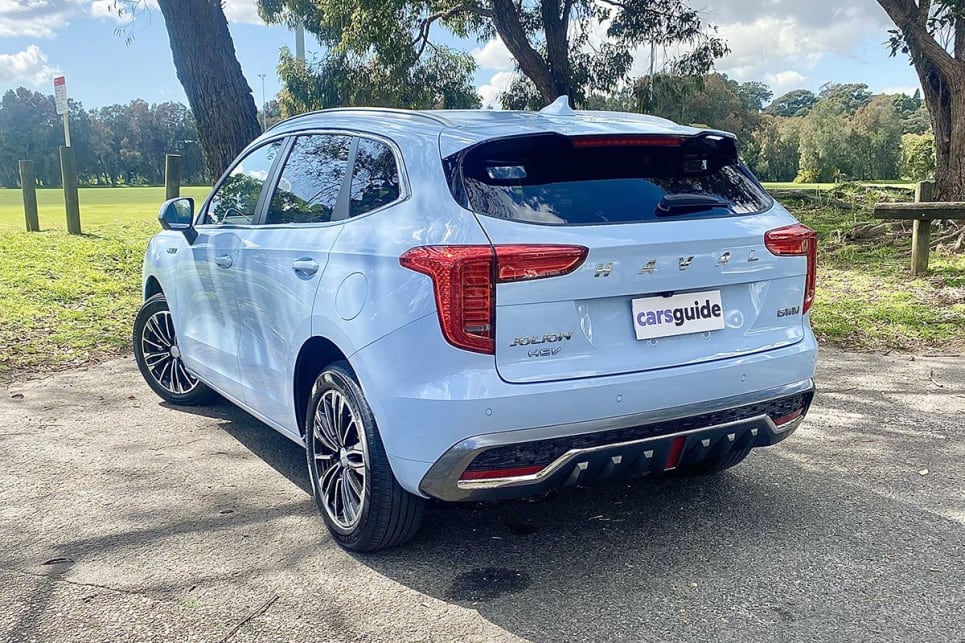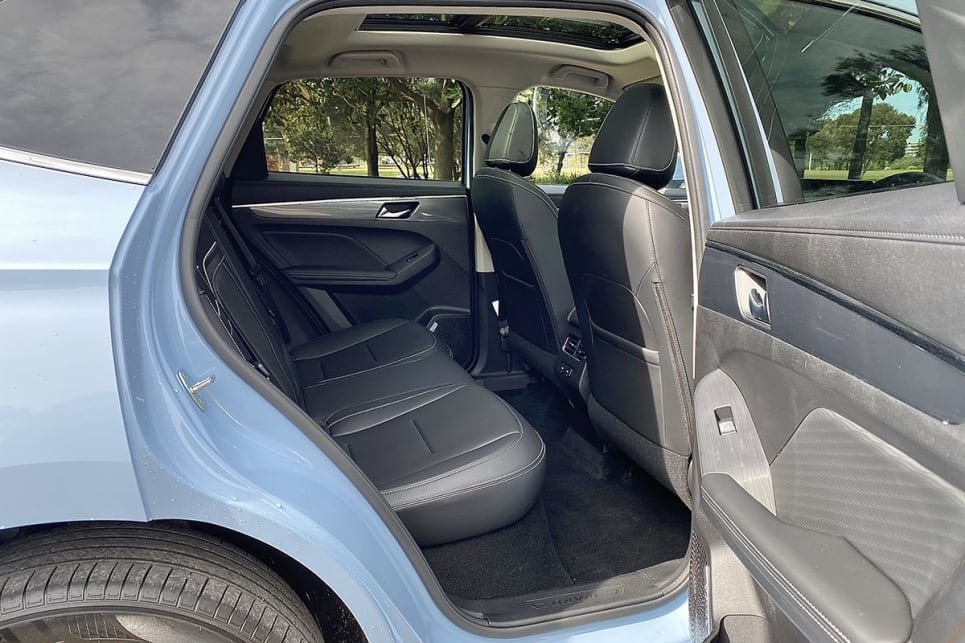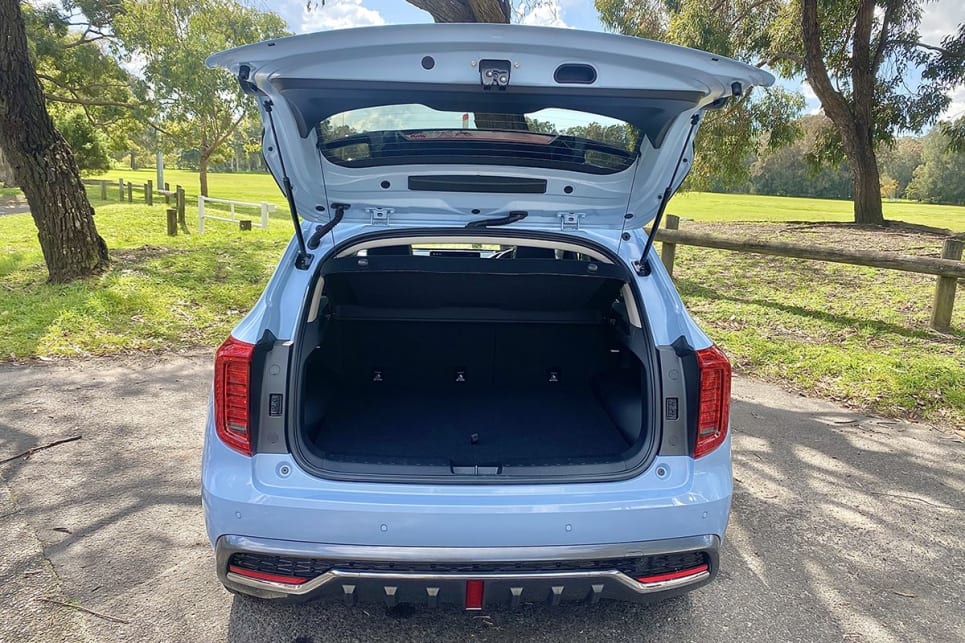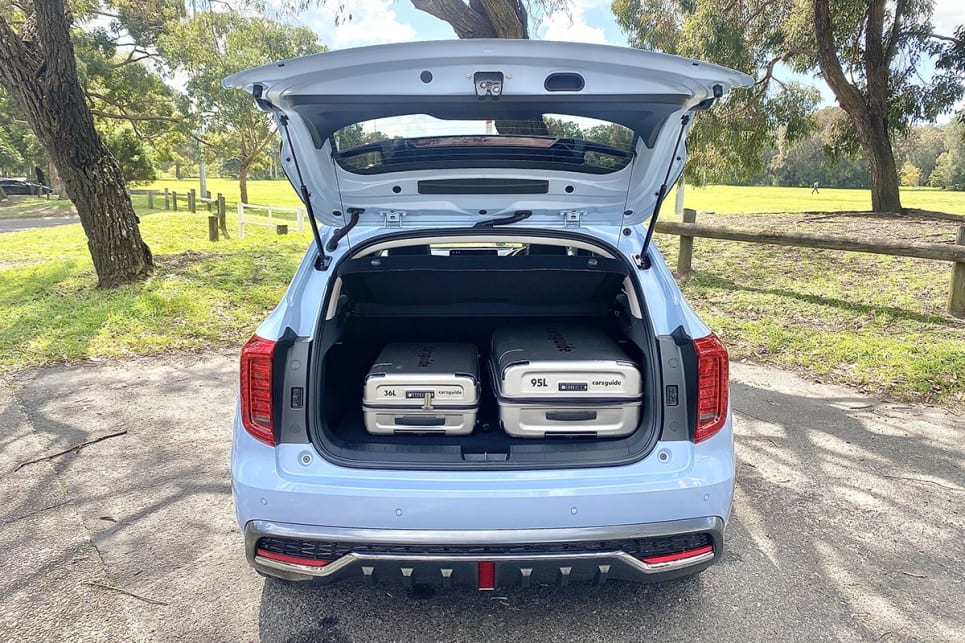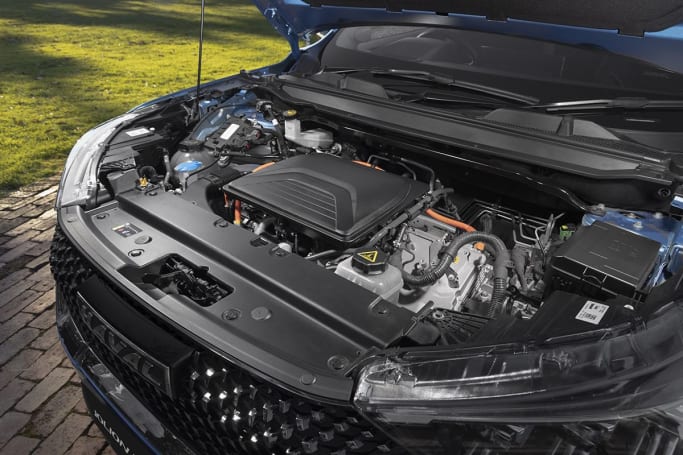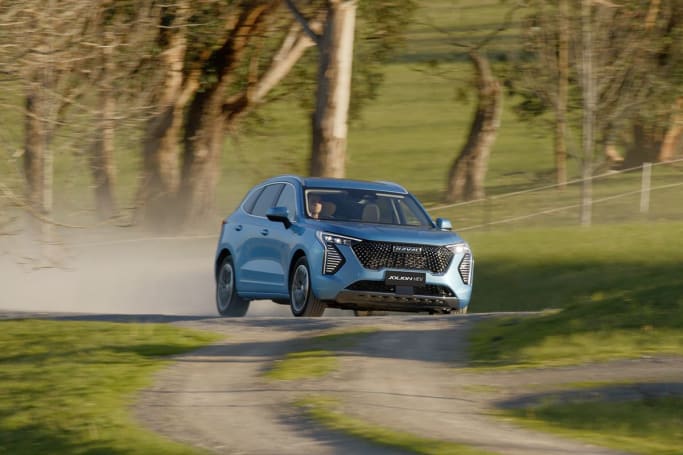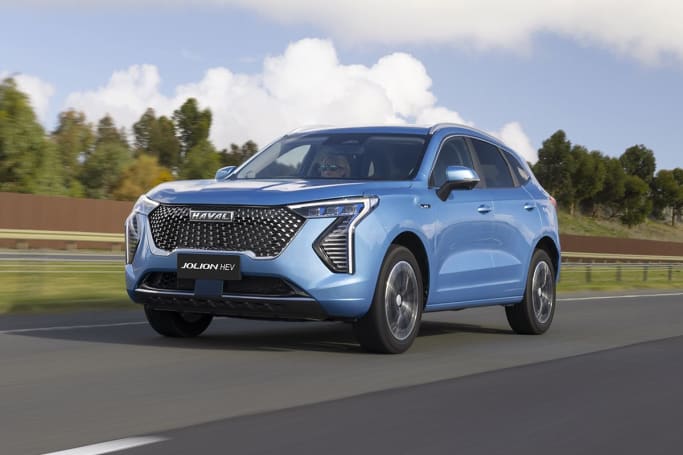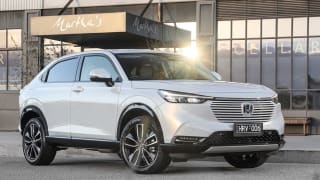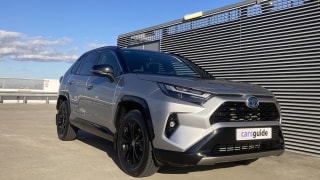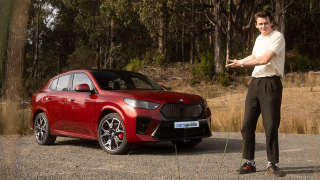The regular petrol Jolion comes in three grades: Premium, Lux and Ultra, but this hybrid version is only available in that top-of-the-range Ultra. The thing is, you'll pay $7000 more for the Jolion Ultra Hybrid than the Jolion Ultra petrol variant - this Jolion HEV has a price tag of $40,990 drive-away.
Does it make financial sense to choose the hybrid? Well, you'll save money on fuel by driving the hybrid and I've done the number crunching in the Efficiency section further along in this review.
But for now, all you need to know is that if we say petrol costs $2 per litre, then you'll have to travel 112,903km in your Jolion Hybrid to make $7000 in fuel savings.
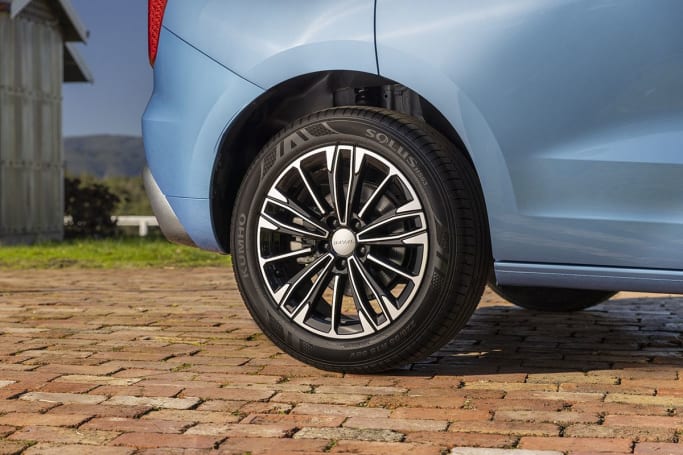
Really, before you buy a brand new Jolion Hybrid, you need to ask yourself if you plan to own it for at least 113,000km. That's not far on an interplanetary scale, but the average Aussie covers about 10,000km a year, so you may be looking at more than a decade of ownership before you break even.
There are exceptions. Some Australians cover way more than 10,000km in a year, especially if you do big road trips or use the car for work.
Rideshare drivers can easily cover 100,000km in a year and will break even relatively quickly, so in that case the Haval Jolion Hybrid could be a great choice.

Even if you don't cover any more than 10,000km in a year fuel prices are going up, too, and you could make your money back sooner.
Still, to me, the Jolion Hybrid is a bit overpriced, especially when you consider that Toyota generally makes its hybrids only a couple of grand or so more than the petrol variants.
The Jolion Ultra Hybrid comes with identical standard features to the petrol version - and there are a lot.
Coming standard is a 12.3-inch media screen, a digital instrument cluster and a head-up display, there's dual-zone climate control, heated front seats, Apple CarPlay and Android Auto, a six-speaker stereo, wireless phone charging, a panoramic sunroof. LED headlights and DRLs, and 18-inch alloy wheels. There's also a proximity key, but it only works for the driver's door handle.





